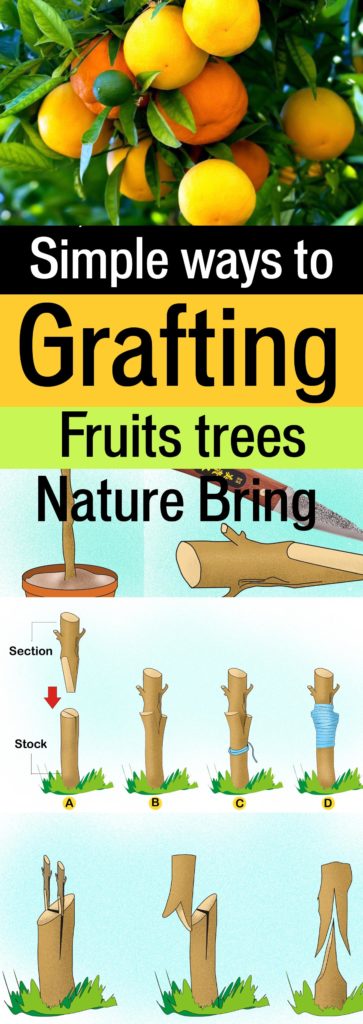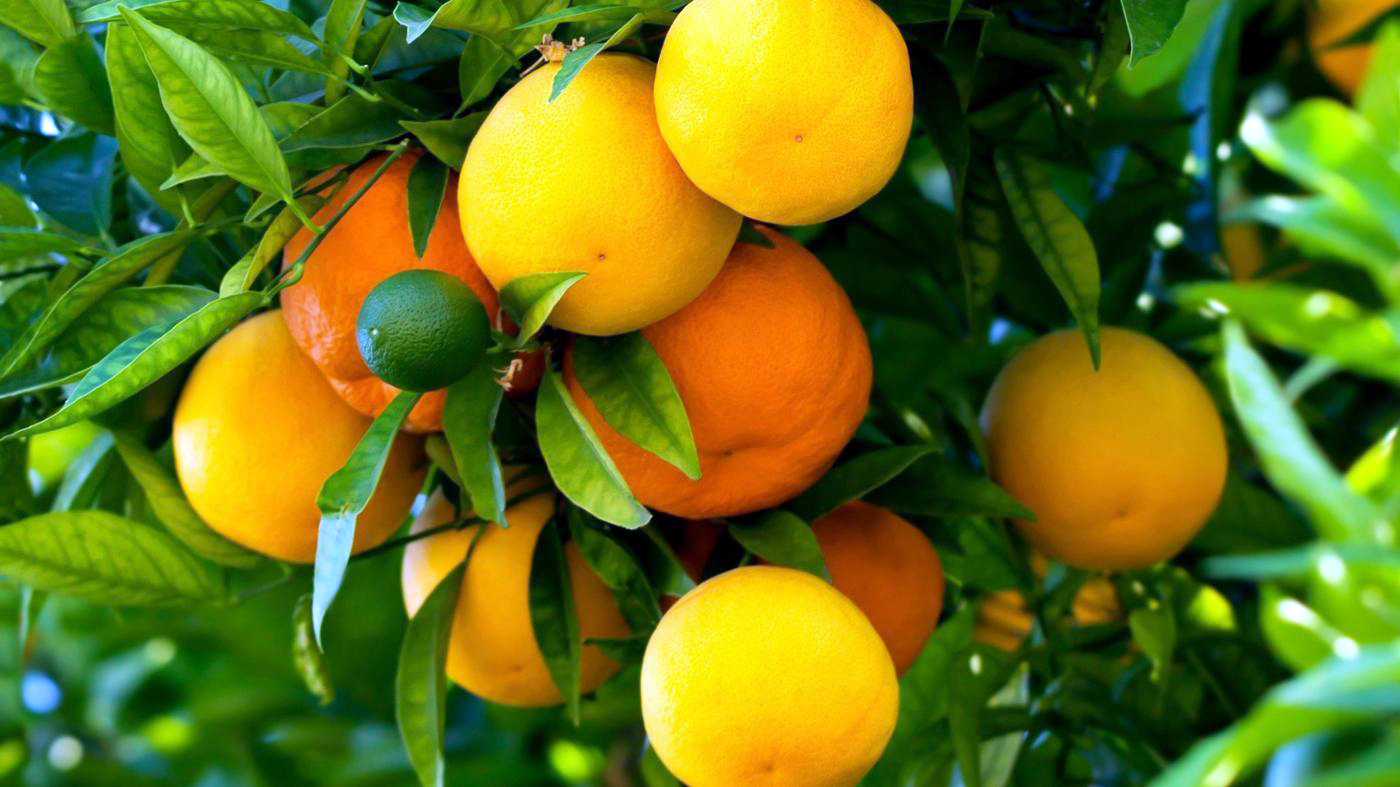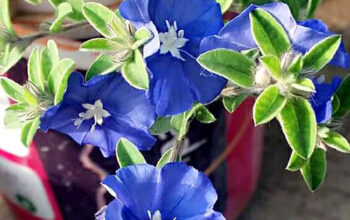Graft fruit plants and trees
Learn Graft fruit plants and trees, How to Grafting and budding your trees, Best trees for Grafting plants, grafting techniques and more about grafting. You may have seen many trees in the garden that do not give fruit. There are some trees that give very little and small fruits, some trees are also those that give fruit and the fruits die immediately. Such trees are those trees that you develop from seeds. In these situations, we think that due to the lack of fertilizer, the tree is not producing fruit, but it is not so.
If you want the tree to produce lots of fruit, its easy way is grafting. For this, you attach the section of the stem of an existing tree. Some types of plant are also those which are not successful when grown from seeds. To say that the fruit which you grow the tree, it is not necessary that it gives the same result, grafting is the only way by which it will change the old type of tree and produce it like a new tree. In relation to this topic Nature Bring is telling you the series.
Best trees for Grafting plants
- The use of a tree yielding good fruit of five years or less is best for grafting.
- You want the tree to graft is completely disease resistance.
- The quality of its grafting part is more important than the quality of its fruit.
- The length of the tree should be so that the root of the tree must be at least 6 inches of space to the grafting.
Grafting dictionary
Understock or stock: The lower part of the tree on which the other branch is inserted.
Dormant: The time of the tree in which the tree rests.
Section: The developed part of the tree on which 3-4 buds are engaged.
Cultivar: A variety of plant farming
Tools required
- We will need below tools to graft tree.
- Grafting knife
- Budding and grafting knife
- Budding, Grafting tape
- A light hammer
Grafting time
Spring is the most suitable time to do grafting. This is the time when the buds blossom on the understock tree. It’s usually time is until the beginning of April.
How to Graft your plants and trees
There are usually 3 ways of grafting fruit trees
- The whip Graft
- The Cleft Graft
- The side Graft
There is a little similarity in the manner of grafting in all three. You can adopt any method. Read more.
Keep in mind
-
- During the dormant season, select new developed growth for cutting, including some buds. Close these cuttings in polyethylene bags and put them in the fridge. The diameter of the section and rootstock is almost a bit. Once you collect the “Scion” wood, it is the cutting that you will propagate on the main tree. The best time to collect these scion wood in November. When there is more cold, when frozen, the graft is less likely to be successful at such times.
- Always choose young shoots, whether you want to use the shoots growing during the last growing season as a section wood. Section Wood length should be at least 1 ft. The diameter of the collected shoots is 6 mm and 9 mm. Make a collection of section Woods a bundle and store it in cool and humid conditions. Keep them in the plastic wrapper.
- Before using all the collected section woods, cut the lower surface with a sharp knife at 45 degrees according to picture 2.
- *When collecting the cuttings, keep in mind that each shoot has at least 4 to 5 buds these are the flower buds. But this is very weak near the base.
- Choose a healthy and disease free tree for grafting. The rootstock is five years old or less. Apple or pear trees can be grafted too old, but the possibility of successful grafting in more than 10 years old tree remains low.
- The main trees and sections are separate descendants. In this, two separate trees of the same species and varieties are added together. There is a possibility of achieving a hundred percent success. Find out more.
Grafting techniques
The Graft is generally the best technique for old established trees. Grafting is difficult to see, but if you do it, it will seem easy. Many people are grafting and two separate fruits begin to thrive on the same tree together. This experiment is surprising. Although there are many ways of grafting, I’m telling you a simple way. Grafting is a technique in which a plant is connected to another. Grafting requires a tool, so you can easily cut, you can use a sharp-edged knife also.
We are telling you the method of grafting on the lemon tree, and you plant it by seed. This tree is quite large, it has lots of leaves and health too. But even after being old enough, it gives does not fruit. You think that this happened because of the lack of fertilizer, but it is not so. If you want to see the fruits of lemon on your plant then grafting is a good way. Read more.
Easy tips of Grafting step by step
- Cut a healthy section from your friends or neighbors that have 4-6 fruits of lemon or flowers. According to the picture (Picture 01), cut the section of lower surface at 45 degrees, for this you use a grafting tool or a sharp knife.
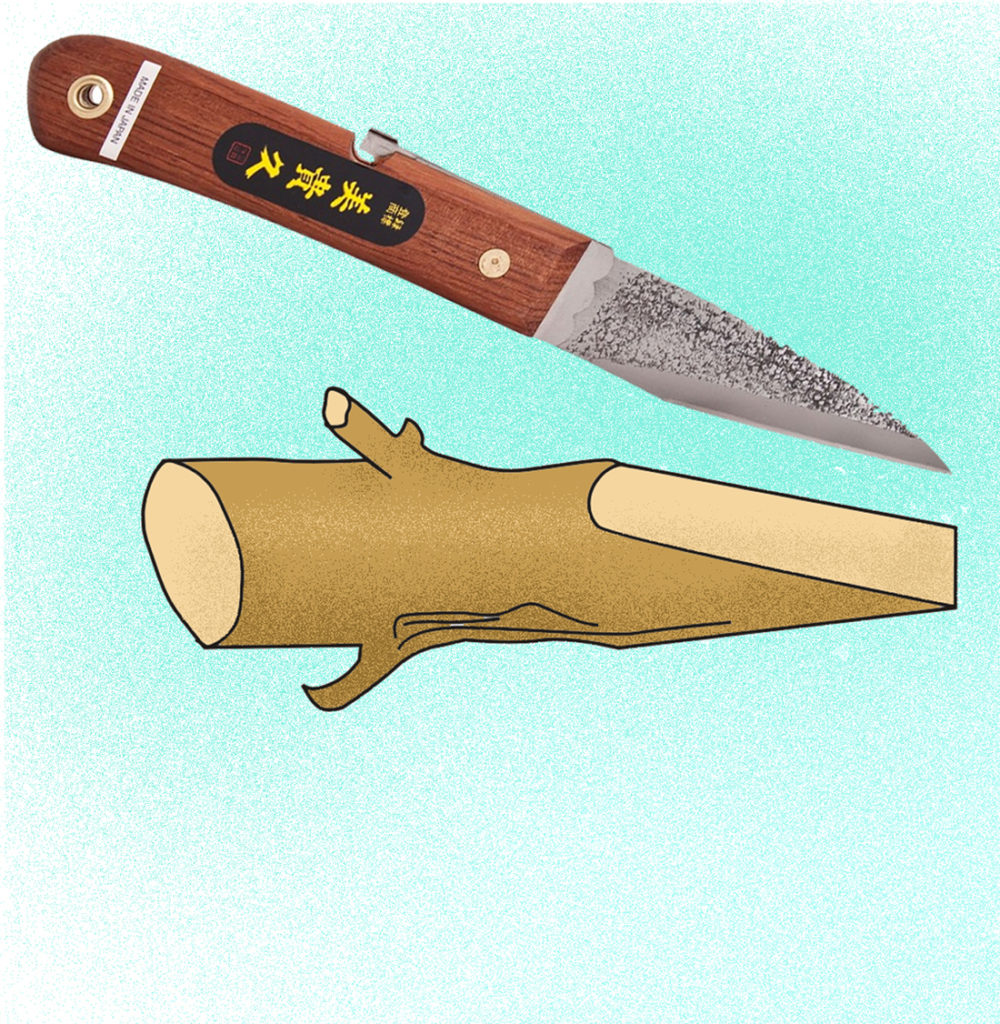
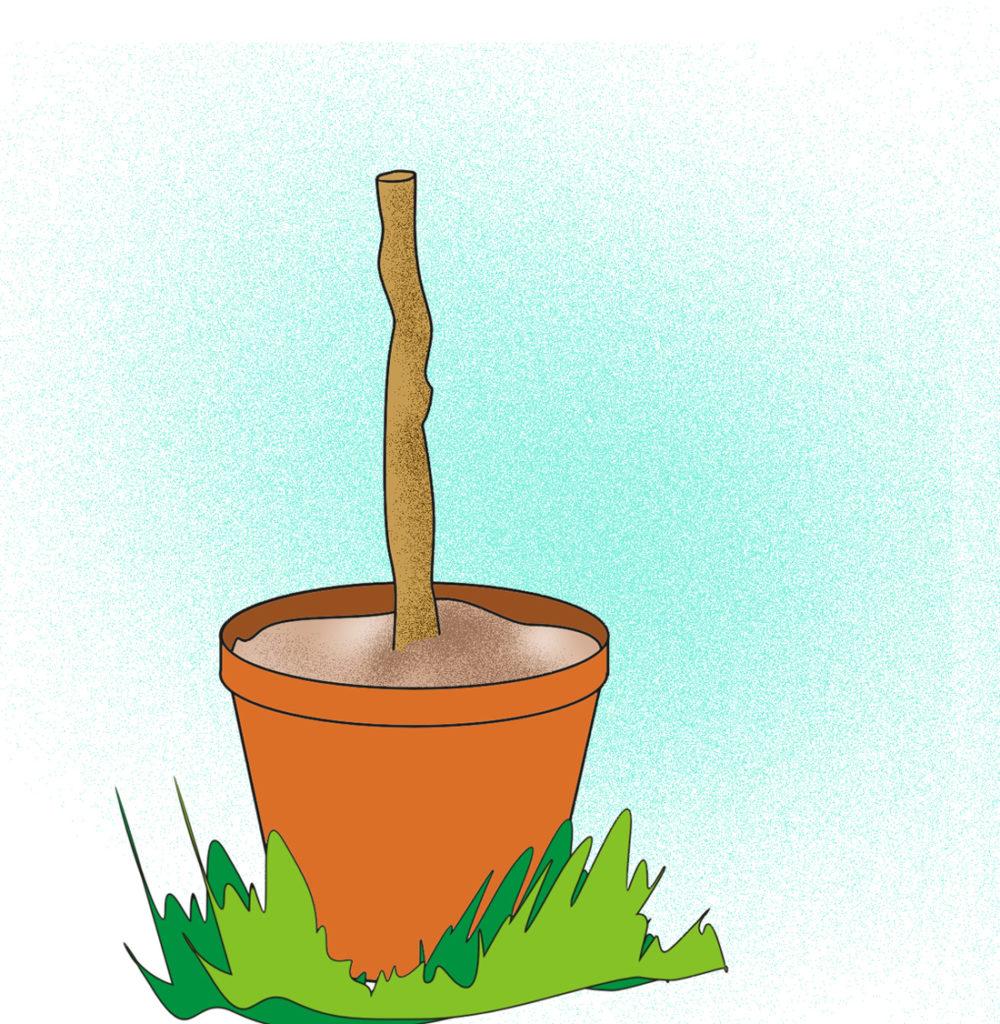
2. The main plant (stock) that you want to graft, cut from the surface of the plant 6 inches height. (Picture 02) Choose the place where you have to cut the tree in the main plant. There are no knots or cut off the stalks. If the main tree is biting from the middle, you can use a light hammer.
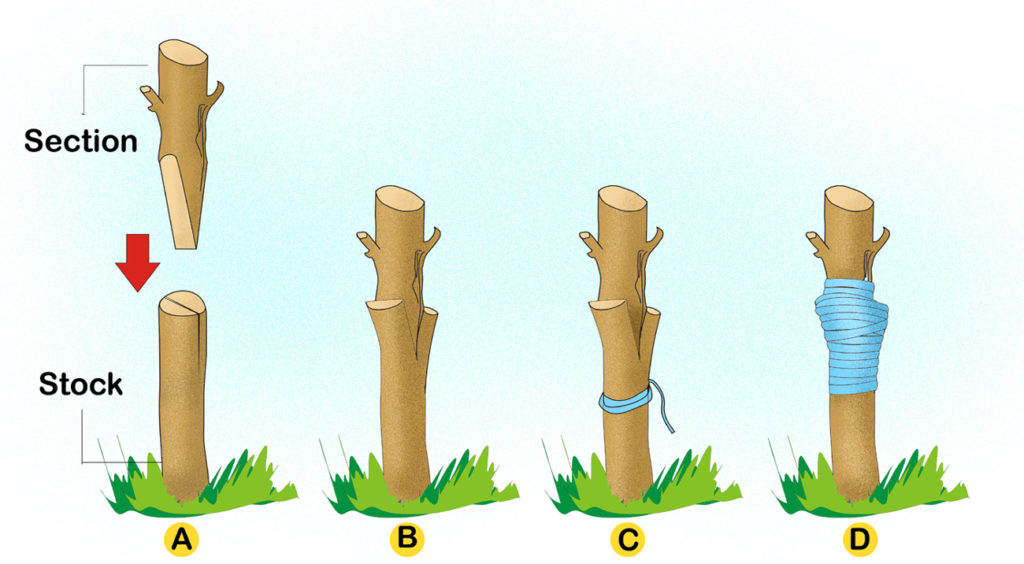
3. According to the picture (picture 03) by the help of a sharp knife or a saw cut the upper part of this stock. Cut the section from 45 degrees on both sides, so that it gets easily trapped in the bottom trunk. More ways to cut it, as shown in the picture, whatever method you may find easier you can do.
4. After that, let’s trap the section on the stock. After tightening, you should tie it well to the tape or plastic, so that the outside air does not enter and moisture inside. (Picture 03)
5. This section joins the stock within a few days. After about 1 month, he started to grow from the trunk you had framed. After a few days, flower and fruit start coming up and the overall development of the plant starts to occur.
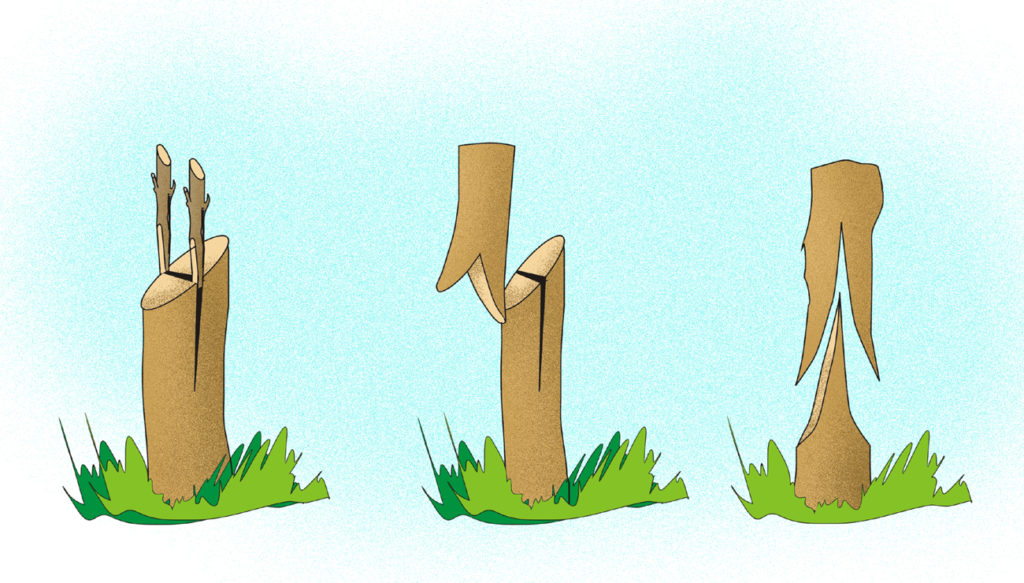
6. In some pictures you have seen that – somewhere 2 or 4 section is grafted together. It is done so that two fruits can be enjoyed together, Many people do this because if a graft fails then the second branch will be successful. (Picture 04)
Read also: How to grow a potato in containers. Do-it-Yourself. Growing dwarf apple in containers.
Happy Gardening
For Pin:
